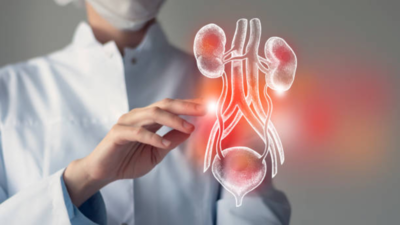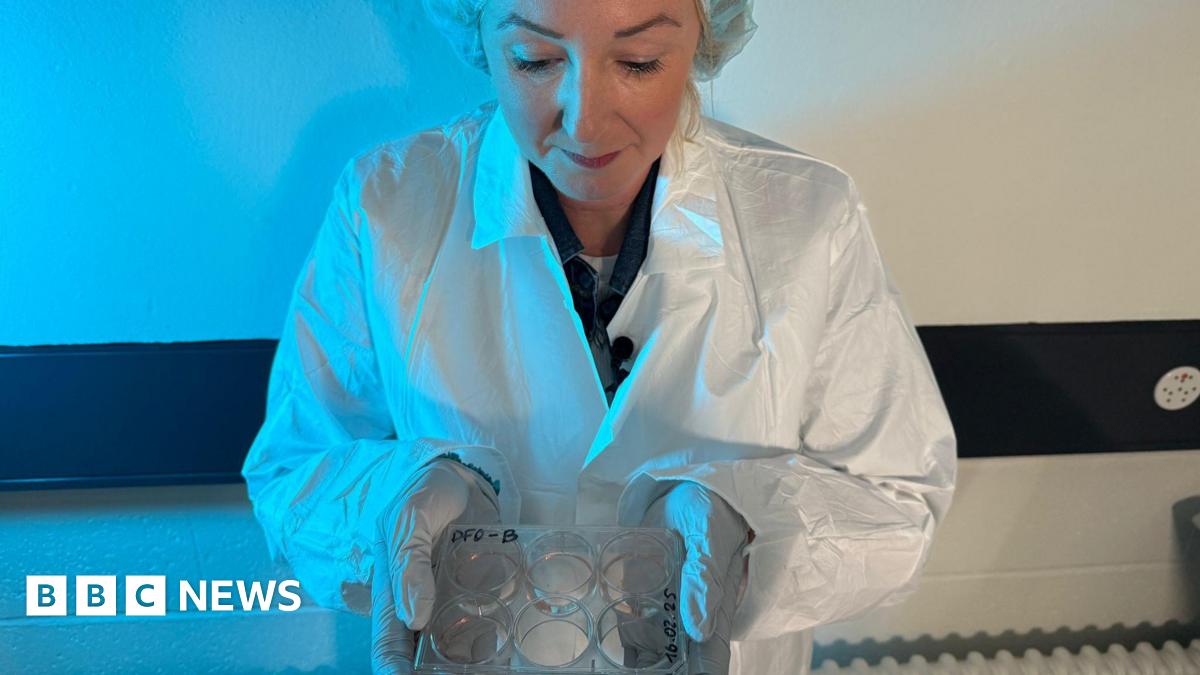A major kidney transplant breakthrough could transform how we fight the organ shortage crisis in the world. Scientists have discovered a way to convert a type A kidney into a universal donor kidney (type O), opening the door for faster, safer, and more accessible kidney donations in America. Cancer and deep belly fat: New study links visceral fat activity to aggressive cancer growth in womenFatty liver alert: Study finds the deadliest risk factors for patients with MASLD, a common type of fatty liver diseaseThis innovation tackles one of the biggest barriers in organ transplantation, blood type matching, which currently leaves thousands of patients waiting years for a compatible kidney.
In the US alone, more than 90,000 people are on the kidney transplant waiting list, and nearly half of them have type O blood, meaning they face the longest wait times. By creating a universal donor kidney, doctors could save countless lives, reduce waiting times by years, and reshape the future of kidney donation and transplant medicine.
Why blood type matters in kidney transplants
Blood type determines whether your body accepts or rejects an organ. Here’s why it matters:
- Antigens (tiny markers) on your blood cells and organs determine your blood type.
- If you receive a kidney with a different blood type, your immune system may attack it, causing rejection.
- Type O kidneys are called universal donor kidneys because they lack the main antigens, meaning they can be transplanted into anyone.
- Patients with type O blood often wait 2–4 years longer for a kidney because they cannot accept kidneys from types A, B, or AB.
What did the scientists do?
Researchers began with a type A donor kidney and used special enzymes to transform it into a type O kidney:
- The kidney was treated with enzymes that cut off the antigens responsible for the A blood type.
- This process effectively “washed” the kidney and made it look like type O to the immune system.
- The converted kidney was then transplanted into a brain-dead patient (with family approval) to test if it could function.
Did it work?
For two days, the universal donor kidney worked normally without rejection. On the third day, however, some antigens returned, and the patient’s immune system began to attack the organ.This means the technique works temporarily but isn’t yet permanent. Still, it’s a crucial proof of concept for the future of kidney transplants in the US.“Here we present a donor-centric desensitization protocol, converting type-A kidneys into enzyme-converted O kidneys during hypothermic perfusion to remove the A antigen from the kidneys. An ex vivo model resulted in no antibody-mediated injury. Encouraged by this, an enzyme-converted O kidney was transplanted into a type-O brain-dead recipient with a high titre of anti-A antibody, and no hyperacute rejection was observed,” the researchers have said.
Why this breakthrough matters for America
Faster kidney transplants: Type O patients, who make up nearly half of all people waiting, could receive kidneys from more donors.Organ shortage solution: A universal donor kidney could dramatically reduce waiting lists.Safer transplants: Patients wouldn’t need as many risky treatments to tolerate mismatched organs.
How the process works
- Enzyme Perfusion: The donor kidney is soaked in a solution with enzymes for about two hours.
- Antigen Removal: The enzymes cut away the antigens that trigger rejection.
- Organ Preservation: The kidney is then stored using standard transplant techniques until surgery.
Limitations and next steps
The antigen removal isn’t permanent—over time, some return.Tested only in a brain-dead recipient, not yet in a living patient.Future studies will combine this enzyme process with anti-rejection drugs normally used in transplants.
Could it work for other organs?
Yes. The same enzyme-based method has already been tested in lungs in laboratory settings. Scientists are hopeful it can be applied to hearts, livers, and lungs in the future.This groundbreaking kidney transplant research shows it’s possible to create a universal donor kidney in just a few hours using enzymes. While more testing is needed, this could become one of the most important organ transplant innovations in US medical history, potentially saving thousands of lives and ending long wait times for type O patients.Also See: Kidney-healthy foods you can eat every day without compromising on taste and nutrition


